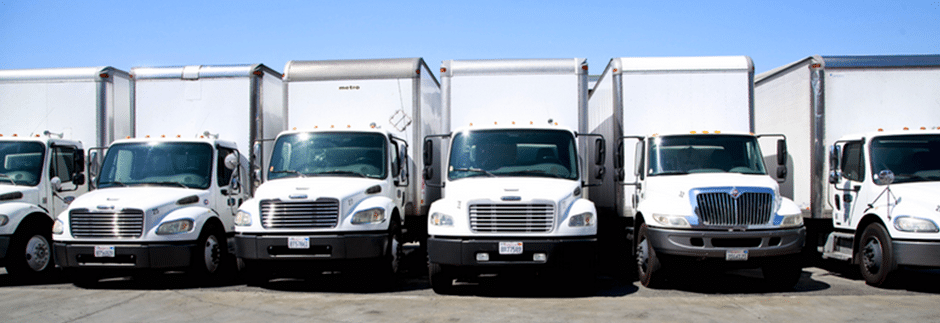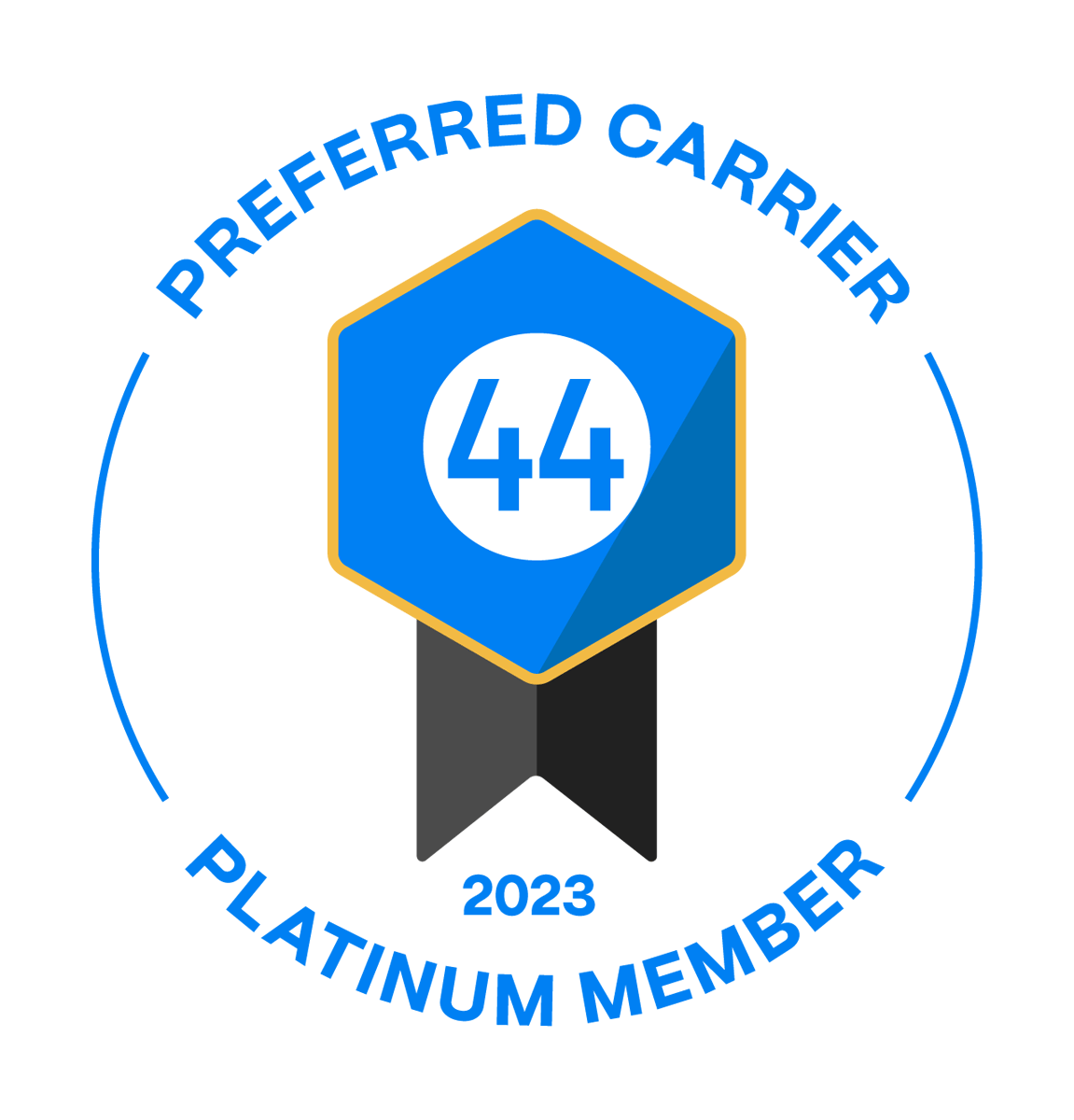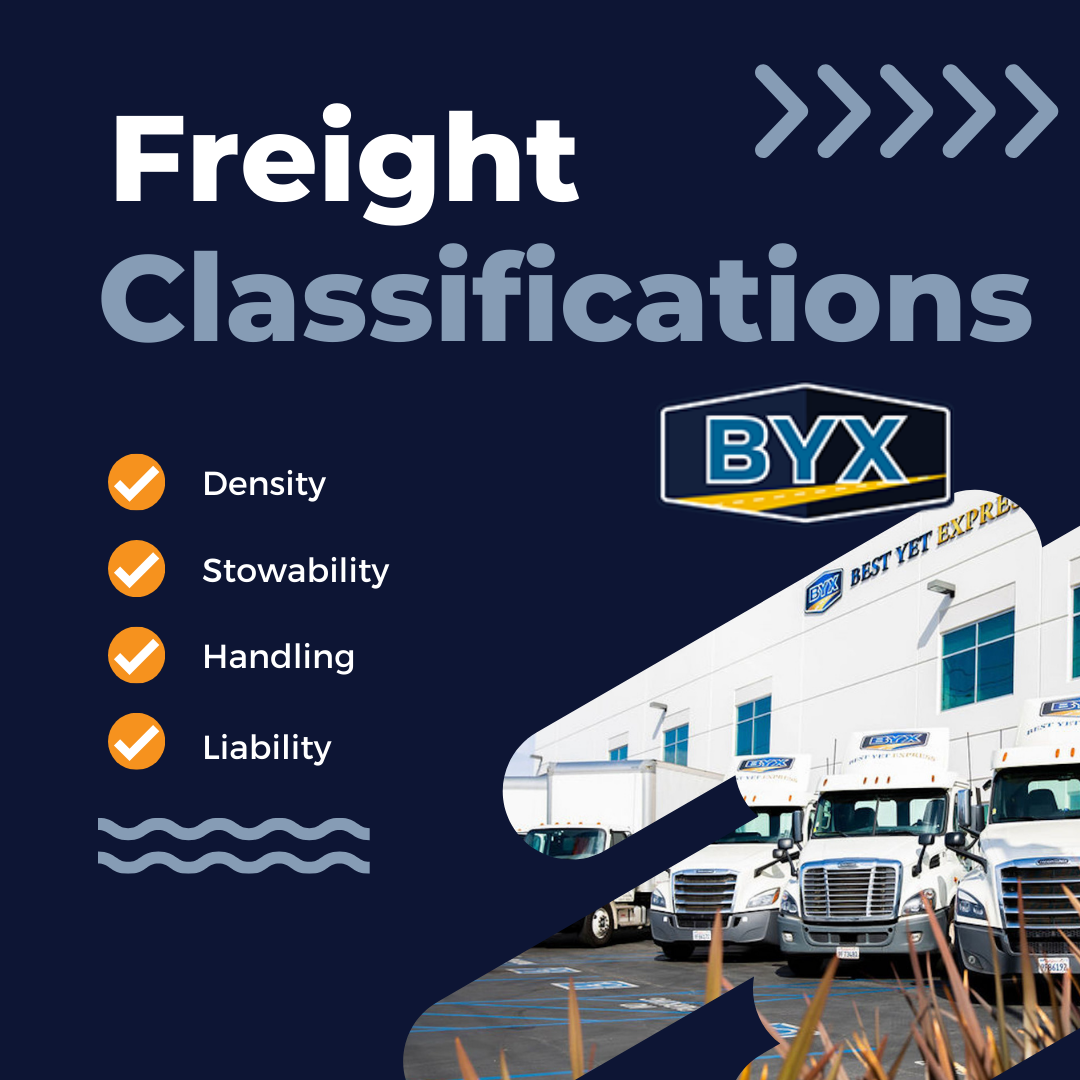It’s common for manufactures, retailers and distributors to have specific shipping and delivery requirements for their vendors. These companies want their goods to arrive when, where and how they are expected. Requirements vary but may include requirements on packing shipping cartons, appearance and placement of shipping labels, information contained in packing slips, acceptable pallet dimensions, delivery date(s), and communication status updates.
Challenges arise for all vendors in their attempts to meet their customer’s various requirements and any mistake could have consequences. Financial penalties – called chargebacks – could be imposed on the vendor. These penalties are meant to compensate the customer for the extra time and work they incur when the goods don’t arrive as expected. Chargebacks can cut into a vendor’s bottom line, especially the bottom line of smaller vendors. Mistakes even have the potential to damage their relationship with their customer and run the risk of jeopardizing future business.
Typically, the biggest requirements imposed by a customer will have to do with packaging. Customers may have specific requirements on how goods are packaged and how many items may be contained in a case. These requirements can also vary widely between customers. Vendors, especially smaller ones, come to the conclusion that it’s too difficult to meet the shipping requirements on their own and turn to third-party logistics (3PL) providers, many of which are California trucking companies. These 3PL’s have the logistics and operational ability to meet customer requirements. The goods are shipped to the 3PL, who then receives, sorts and arranges the goods and packages them to conform with the customer’s requirements. The 3PL also ships the goods accordingly to the customer’s delivery requirements.
Consolidation with a 3PL may also be beneficial, especially for large customers who require smaller shipments sent to various distribution centers and/or other locations. If a supplier attempted to meet this requirement on their own, the result most likely would be numerous LTL freight shipments, which can be financially significant. If a vendor’s goods can be consolidated with other good’s being sent to the customer, the costs can be significantly lower.
3PL’s also have the capacity to meet other types of customer requirements. They are better equipped to deal with things like customer labeling requirements, which can be varied and difficult. A 3PL will probably also be more knowledgeable and better equipped to handle customer requirements for electronic data interchange (EDI) required by customers. Managing EDI in-house can be burdensome to some vendors. A 3PL has the infrastructure to meet a customer’s EDI requirements.
Many times it makes sense for vendors, especially smaller ones, to consider using the knowledge and logistics of a 3PL. There are many reputable California trucking companies out there that can meet this demand.







